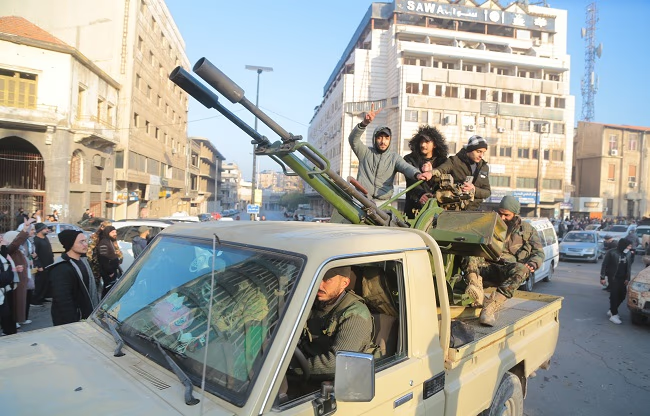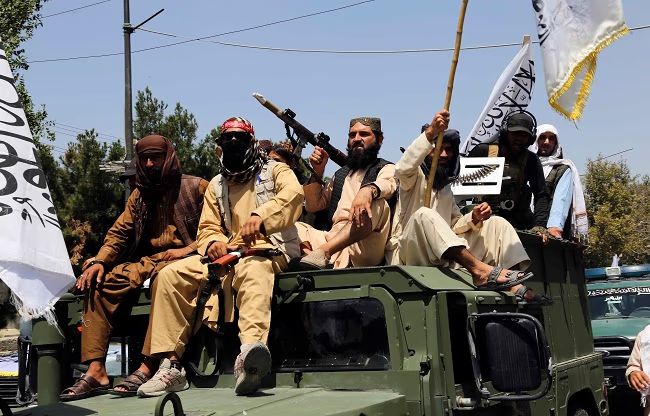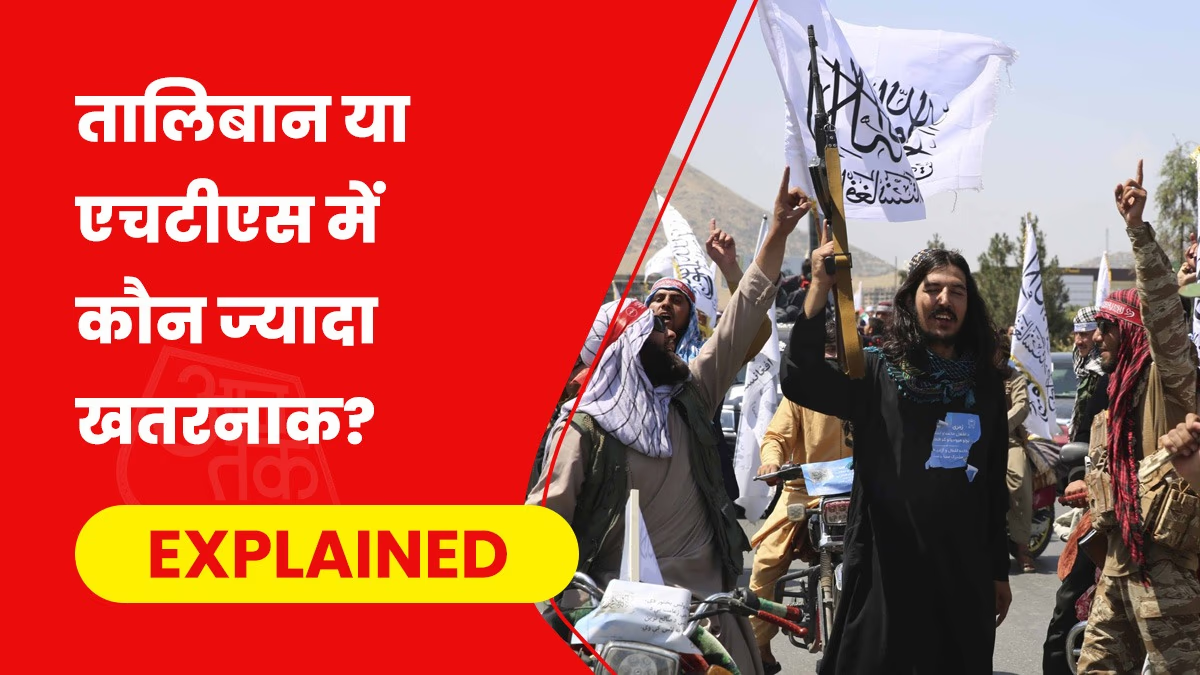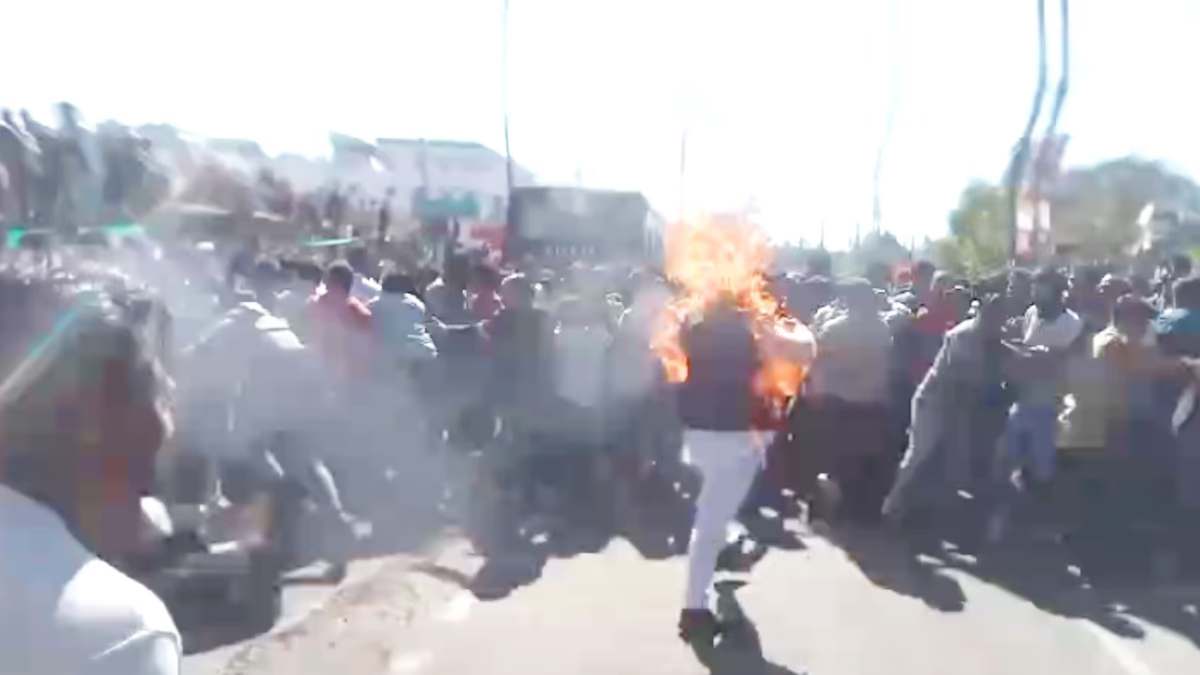Earlier this month, following a coup in Syria, leadership fell into the hands of Hayat Tahrir al-Sham (HTS), an Islamic group with past ties to al-Qaeda. Though the Syrian populace feels hopeful, international concern looms, as HTS has gained substantial military equipment left by Russia in support of former President Bashar al-Assad.
Syria's current scenario is reminiscent of Afghanistan's situation three years ago. There, the sudden departure of American forces left behind military equipment that became the extremists' inheritance.
The Russian Military in Syria and American Forces in Afghanistan
The Russian forces came to Syria in 2015 at President Assad's invitation during a period of Syrian dissent and the Islamic State's rise, seeking support to retain power. With strong ties to Russia, Syrian leadership welcomed their army, which arrived well-equipped.
Russia aimed to cement its Middle Eastern foothold but has withdrawn after Assad's government was overthrown, leaving weapons and equipment potentially in HTS's possession.

Source: aajtak
It's unclear how much of Assad's weaponry, largely Russian, HTS now controls. Known for its fierce past, HTS's possession of these weapons worries many nations about potential misuse. Immediately post-coup, Israel acted to neutralize stockpiles to prevent them from fortifying HTS or targeting the Middle East.
The US Military's Two Decades in Afghanistan
American forces entered Afghanistan in 2001, post-9/11, in a 'War on Terror' announcing to dismantle the Taliban-led government harboring al-Qaeda. The military remained to block the resurgence of terrorist groups. Since the army's full withdrawal in August 2021, the Taliban has inherited significant American military assets.
Lingering Questions and Concerns
With both US and Russian forces gone, each left extensive caches of arms and ammunition. Which nation's loss is greater—America's or Russia's? And which extremist group poses the gravest threat?
Syria's Arsenal
The bond over weapons between Syria and Russia dates back to Cold War times. Stockholm International Peace Research Institute reports that 94% of Syria’s arms from 1950 to 1991 were Russian. The stockpile has since grown with modern fighter jets and anti-missile defenses—ample resources for Syria's army for years.

Source: aajtak
No clear count exists of tanks and armored vehicles left by Assad, but open-source monitoring suggests numerous tanks, artillery, and vehicles remain. Foreign Policy reported that Israel claimed to have destroyed a significant cache to prevent extremist attacks but substantial stocks may linger.
Taliban’s Leftover Arsenal
Watchdog estimates from the US suggest that Taliban seized over $7 billion in American military equipment post-withdrawal. In 2022, the US Department of Defense confirmed even more significant assets were left behind.
HTS or Taliban: Who Is More Dangerous?
Both extremist groups share a similar Islamic rule ideology, but their differences might determine their threat level.

Source: aajtak
HTS: The Dominating Power
Currently steering Syria, HTS’s past allegiance with al-Qaeda casts worry over its intentions. It has previously executed violent acts within controlled regions, notorious for its radical methods. The Syrian affair's ties to Russia, Iran, Turkey, the US, and Israel raise the specter of a state empowering HTS, escalating aggression.
The Implications of Taliban Strength
Having long been a dominant force in Afghanistan, the Taliban now reclaims power in Kabul. Known for extreme policies, especially against women, their threat stretches beyond Afghanistan to Pakistan, India, and Central Asia, perpetuating instability across these areas post-coup.
Considering geopolitical strains, extremist leadership in both countries could propagate instability across the Middle East and Asia.




